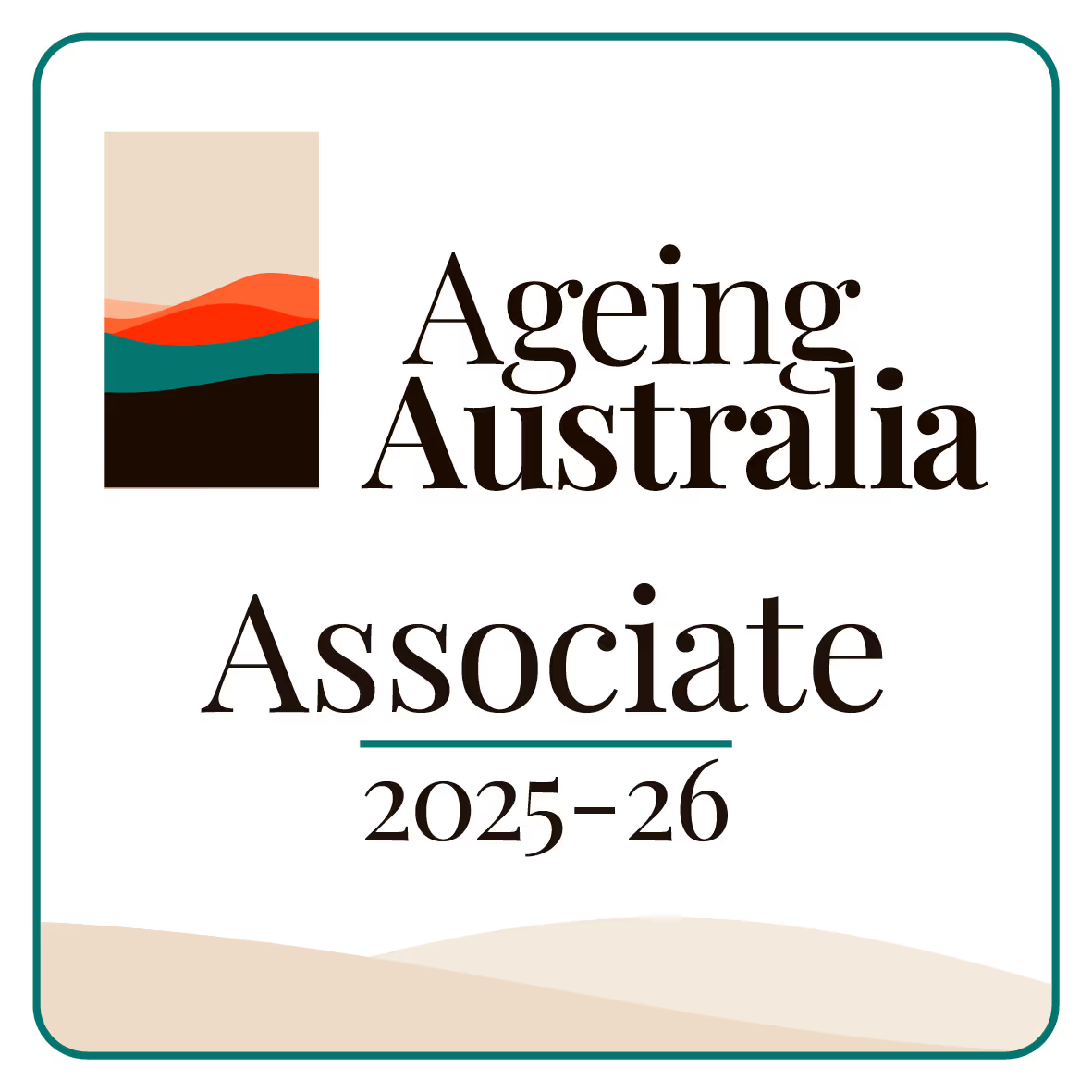Picture this: it is a calm afternoon in your aged care facility. The kettle is whistling, the television hums in the background, and a resident is telling a story from decades ago. Everything feels peaceful—until the fire alarm blares. What happens next depends on how ready your team is.
In aged care, safety cannot be left to chance. You need clear, simple steps for any emergency. When the unexpected hits—fire, flood, power outage, or even a medical crisis—you must know exactly what to do and who is doing it. This is where aged care emergency procedures become your lifeline.
Let us walk through the essential parts of a solid emergency plan. No fluff, no fancy talk—just what works when seconds count.
Why Emergency Planning Matters
Emergencies are not polite. They do not knock. They crash through the door when you least expect them. And in aged care, you are looking after people who may not be able to move fast, see clearly, or even understand what is going on. That means your response needs to be calm, quick, and organised.
Without proper planning, panic sets in. People forget their roles. Residents get confused. Seconds slip away. But with the right procedures, everyone knows their job and moves like clockwork.
The Heart of Every Plan: Keep It Simple
Let us be honest—emergency procedures that read like a novel will not help in a crisis. You need clear, easy-to-remember steps that work under pressure. Think bullet points, not essays.
Every team member should know:
- Who to call
- Where to go
- What to bring
- What to say
A laminated cheat sheet near every phone is a good start. A quick drill every few months keeps the plan fresh in everyone’s mind.
.png)
Types of Emergencies You Should Plan For
Not every emergency looks the same, so your plan needs to cover a few different situations. Here are the most common ones:
1. Fire
Fires spread fast, especially in buildings with curtains, bedding, and furniture. Your fire plan should include:
- Smoke alarm checks
- Clear evacuation routes
- A headcount procedure
- A meeting point outside
Make sure staff know where fire extinguishers are and how to use them.
2. Medical Emergency
Heart attacks, falls, seizures—these can happen at any time. Your plan should include:
- Calling for medical help immediately
- Basic first aid training for all staff
- Knowing who can perform CPR
- Quick communication with families
Sometimes, fast thinking saves a life.
3. Flood or Water Damage
Melbourne weather can surprise you. Sudden rain can cause flooding. What should you do?
- Move residents away from affected areas
- Turn off electrical appliances near water
- Use sandbags if you have them
- Keep emergency numbers handy
Keep towels, mops, and dry blankets ready.
4. Power Outage
When the lights go out, panic can creep in—especially for older residents. You will want:
- A battery-powered radio
- Emergency lights or torches
- Extra blankets for warmth
- A way to communicate with staff and families
Make sure backup power systems are checked regularly.
5. Missing Resident
It is a heart-stopping moment when someone wanders off. Your response should include:
- Locking down exits if needed
- Calling emergency services quickly
- Searching high-risk areas first
- Updating the care plan after the incident
Prevention is best—but being ready matters just as much.
The Evacuation Plan: Your Road Map Out
An evacuation plan is like the emergency escape map you see on the back of hotel doors. Everyone needs to know:
- Which doors to use
- Who helps who
- What to bring (medications, care records)
- Where to gather
Practice your plan regularly. Not once a year—think once a month. Make it routine, like checking the mail.
Also, make sure you have alternate routes. Sometimes, your regular exit might be blocked. Always have a Plan B (and C).
.png)
Emergency Roles and Responsibilities
When panic strikes, people need direction. Assign clear roles in advance so no one is left guessing. Common roles include:
- Team Leader: Takes charge, calls emergency services, coordinates the response
- Resident Support: Helps residents evacuate, keeps them calm
- First Aid Officer: Handles any injuries or medical needs
- Communicator: Keeps families and staff updated
Rotate these roles during drills so everyone knows each job.
Emergency Kits: Pack Them Right
A well-stocked emergency kit can make all the difference. Each area of your facility should have one. Include:
- First aid supplies
- Torches with batteries
- Spare mobile phone and charger
- Non-perishable snacks and water
- Blankets and basic toiletries
- A copy of resident care plans and emergency contacts
Check your kits every three months. Replace anything that is expired, damaged, or missing.
Communication Is Key
In an emergency, confusion spreads faster than fire. Clear communication keeps everyone calm. Use walkie-talkies or mobile phones with strong coverage. Have a staff phone tree to update everyone fast.
Keep a printed list of emergency contact numbers near every phone—fire, police, ambulance, building manager, and family contacts.
Training Makes All the Difference
No matter how good your written plan is, it means nothing if your team has not practised. Hold drills for each type of emergency. Yes, it takes time. Yes, people groan. But when something real happens, that training kicks in like second nature.
Even a new team member should be up to speed within their first week.
Looking After Residents’ Mental State
Emergencies can leave older residents shaken and scared. Once things are under control, make time to check in. Offer comfort. Let them talk. Sit with them. Sometimes, the best first aid is just listening.
For residents with dementia, explain what happened in simple words. Too much detail can confuse or scare them.
Document Everything
After the emergency is over, write everything down. What happened, how you responded, what went well, and what needs fixing. This helps you prepare better for next time—and shows you are doing your job right if there is ever a review or inspection.
Keep these records safe and easy to access.
Review and Refresh Your Plan Often
Aged care is not a “set and forget” environment. People come and go, staff changes happen, and new risks can pop up. That is why you should revisit your emergency response plan every six months.
Ask yourself:
- Are the contact numbers still correct?
- Do we have new residents with special needs?
- Has the layout of the building changed?
- Is everyone still confident in their role?
If anything feels shaky, it is time for a refresher.
.png)
A Quick Story That Sticks
Let us end with a simple moment. A team member once said, “When the fire alarm went off last year, I did not even have to think. I just moved.” That is the power of preparation. You are not guessing. You are not fumbling. You are acting—calmly, quickly, safely.
That is the kind of peace of mind every aged care home deserves.
Final Thought
Emergencies will come. That part is out of your hands. But how you respond? That is in your control. With the right aged care emergency procedures, a clear evacuation plan, good crisis management, and solid training, you are not just ticking a box. You are saving lives, protecting your team, and doing your job with heart.
So take the time to get it right. Run the drills. Pack the kits. Read the plan out loud. Because when the next alarm sounds, you want to be the one who stands up, not the one who freezes.
And remember—better safe than sorry.










